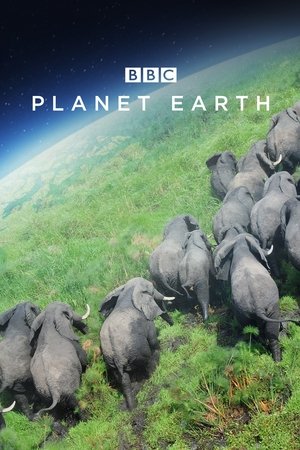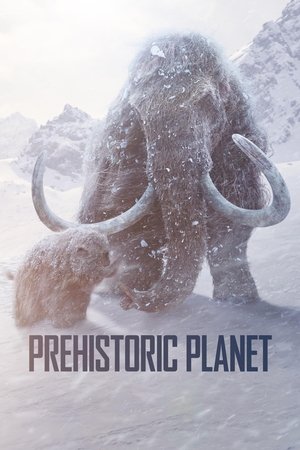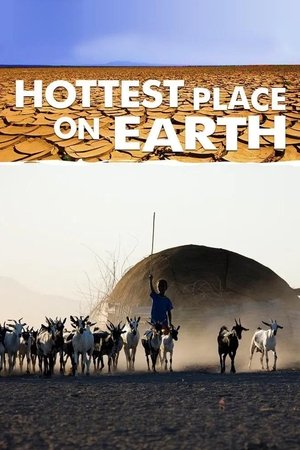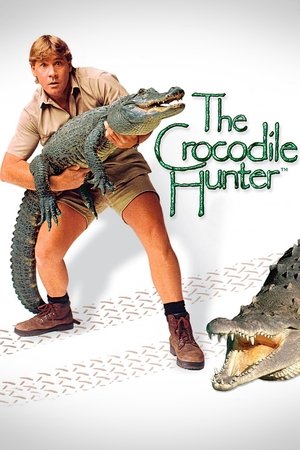
History of the Earth(2020)
Overview
From Pete, David and Leila - the creators of History Time, Voices of the Past and Something Incredible. From dust to dinosaurs; come with us as we explore the entire history of our planet. History of the Earth tells the entire story of the Earth, from its formation 4.5 billion years ago to today – covering eye-watering geology and bizarre biology along the way.
Loading episode ratings...
This may take a moment for shows with many seasons.
No imageSeason 1
27 episodes • 2020
Season 1
27 episodes • 2020
| # | Episode | Air Date | Rating |
|---|---|---|---|
| 1 | How Did The Earth Form? | May 9, 2020 | 0.0 |
| 2 | What Was Earth Like 4 Billion Years Ago? | May 23, 2020 | 0.0 |
| 3 | The Mystery of the Late Heavy Bombardment | Jun 7, 2020 | 0.0 |
| 4 | Where Did Earth's Water Come From? | Jun 14, 2020 | 0.0 |
| 5 | How Did Life Begin? | Jul 4, 2020 | 0.0 |
| 6 | What Was The Last Common Ancestor of all Life on Earth? | Jul 11, 2020 | 0.0 |
| 7 | Were Volcanoes The Key To Life? | Jul 18, 2020 | 0.0 |
| 8 | Did Life on Earth Come From Space? | Aug 8, 2020 | 0.0 |
| 9 | What Would The Earth Have Been Like Without Life? | Sep 2, 2020 | 0.0 |
| 10 | What is the Oldest Fossil on Earth? | Sep 25, 2020 | 0.0 |
| 11 | How The Earth Got Its Magnetic Field (And Why It Might Not Protect Us Much Longer) | Oct 11, 2020 | 0.0 |
| 12 | What Was Earth Like 3 Billion Years Ago? | Nov 22, 2020 | 0.0 |
| 13 | How Bad Was The Great Oxidation Event? | Dec 20, 2020 | 0.0 |
| 14 | How Did Life Recover From The First Mass Extinction? | Jan 6, 2021 | 0.0 |
| 15 | What Would The Earth Be Like Without Photosynthesis? | Jan 31, 2021 | 0.0 |
| 16 | What Was The First Virus? | Feb 24, 2021 | 0.0 |
| 17 | What Is The Other 99.99% Of Life? | Apr 8, 2021 | 0.0 |
| 18 | What Was The Earth Like 2 Billion Years Ago? | May 16, 2021 | 0.0 |
| 19 | A Tour of Earth's Ancient Supercontinents | Jun 26, 2021 | 0.0 |
| 20 | A Tour of Earth's Ancient Superoceans | Jul 31, 2021 | 0.0 |
| 21 | What Was The "Boring Billion" Really Like? | Oct 17, 2021 | 0.0 |
| 22 | What Was The First Complex Life on Earth? | Nov 30, 2021 | 0.0 |
| 23 | What Was The Earth Like 1 Billion Years Ago? | Feb 18, 2022 | 0.0 |
| 24 | What Was The First Fungus? | May 30, 2022 | 0.0 |
| 25 | Why Did The Earth Totally Freeze For 100 Million Years? | Aug 31, 2022 | 0.0 |
| 26 | Were These The First Animals? | Dec 14, 2022 | 0.0 |
| 27 | How Far Back In Time Could You Have Survived On Earth? | Jun 9, 2023 | 0.0 |
Related Shows

Pole to Pole
1992Michael Palin undertakes an epic journey of 23,000 miles, traveling from the North to the South Pole across 17 countries with a minimum of air travel, all on a tight deadline.

Lost Land of the Volcano
2009An international team of scientists, cavers and wildlife filmmakers venture deep into the heart of the remote tropical island of New Guinea.

Earthstorm
2022Storm chasers, survivors and first responders recount their harrowing experiences with volcanoes, tornadoes, hurricanes and earthquakes.

Rise of the Continents
2013The Earth’s continents are instantly recognizable. These iconic landmasses seem permanent and unchanging, yet they are merely the wreckage of a much larger long-lost supercontinent – Pangaea. In this stunning four part series Professor Iain Stewart uncovers the evidence for this ancient past. He reveals how the world around us is full of clues – in the rocks, the landscapes and even the animals. All of which tell us how the land we live on was created.

Darwin's Dangerous Idea
2009Andrew Marr explores how Darwin's theory of evolution by natural selection has taken on a life of its own far beyond the world of science.

Nature's Miracle Orphans
2014The first months of an animal's life are crucial - if they lose their mothers, they'll need help. Meet the wild orphans getting a second chance, and those devoted to saving them.

Planet Earth
2006David Attenborough celebrates the amazing variety of the natural world in this epic documentary series, filmed over four years across 64 different countries.

Birth of Europe
2012Crushed, flooded and exploded into life – Europe is a battlefield of Nature. Discover the extraordinary and shocking geological story of how Europe was created by nature’s most titanic forces.

North America
2013The seven episodes explore North America: where civilization collides with untamed wilderness. Just feet beyond our own backyards rages a spectacle we never see. Join us as we step into this hidden world teaming with life - across impossible mountains and endless deserts. Dive into unexplored forests and crash into rugged coasts. This vast continent offers boundless rewards for those brave enough to take on this land - and call her home.

Paradise Islands
2017The tropical islands that lie between Asia and Australia are among the biologically richest on earth, and home to a vast number of plants and animals. From tree kangaroos to tarsiers, manta rays to mudskippers, the region abounds with life. But why? The answer lies deep in time, due to the many millions of years these islands have existed - and the power of the earth, the sun and the moon.

Epic Yellowstone
2019Bill Pullman introduces and narrates this four-part documentary on the world's first national park, Yellowstone.

Prehistoric Planet
2022Experience the wonders of our world like never before in this epic series from Jon Favreau and the producers of Planet Earth. Travel back 66 million years to when majestic dinosaurs and extraordinary creatures roamed the lands, seas, and skies.

Hottest Place on Earth
2009No description available.

Island of the Sea Wolves
2022Explore wild, wondrous Vancouver Island, where the ocean nurtures all life, from bald eagles who go fishing to sea wolves who swim in frigid waters.

Kingdom of the Oceans
2011A four-part documentary series on ocean life around the world.

Wild Canada
2014The four-part series takes an awe-inspiring look at the world around us, shot with ultra-high-definition cameras that capture sweeping panoramas and extraordinary close-ups of Canada’s majestic terrain and diverse species.

Australie : l'Odyssée Sauvage
2023No description available.

The Crocodile Hunter
1997Australian host Steve Irwin and his wife Terri run a wildlife refuge. Their shared passion is educating the world about wildlife, including the much feared crocodile and numerous venomous snakes. Steve's specialty is the capture and relocation of crocodiles. No animal appears too threatening to Steve, his true respect for animals is the foundation for everything he does.

Dark Side of the 90's
2021A deep dive into the decade's untold history, revealing secrets, and prespectives.

The Green Planet
2022This documentary series about plants is the first immersive portrayal of an unseen, inter-connected world, full of remarkable new behaviour, emotional stories and surprising heroes in the plant world. Planet Earth from the perspective of plants.